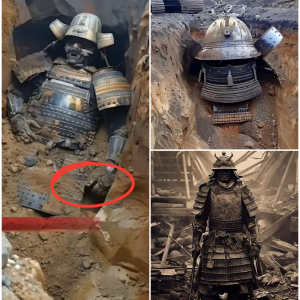According to experts, a Roman goblet could be a 1,600-year-old example of nanotechnology.
The mysterious Lycurgus Cup is made of dichroic glass and appears green when lit from the front and turns blood-red when lit from behind.
The chalice, which is on display at The British Museum, London, uses similar techniques to ‘modern’ nanotechnology – the manipulation of materials on an atomic and molecular scale – which scientists believe could be used for everything from diagnosing diseases to identifying bioharzards at airports.

Scientists only solved the mystery of the colour-changing chalice in 1990, after being baffled by its behaviour for decades, Smithsonian Magazine reported.
After putting broken fragments of glass under a microscope, scientists found the Romans had impregnated it with particles of sliver and gold, which they ground down to tiny proportions – around 50 nanometres in diameter – a thousand times smaller than a grain of salt.
The precise amount of metals has lead experts to hail the Romans as ‘nanotechnology pioneers’ who really knew what they were doing.
Archaeologist Ian Freestone, of University College London, who researched the cup and its unusual optical properties, called its construction an ‘amazing feat’.

The cup appears to change colour as when light hits it as the flecks of metals’ electrons vibrate in ways that seem to change the colour, depending on where the observer is looking at it.
The chalice was used to hold drink on special occasions and experts believe that when it was filled, the behaviour of the vibrating electrons changed, as well as it’s colour.
Gang Logan Liu, an engineer and nanotechnology expert at the University of Illinois at Urbana-Champaign told the publication: ‘The Romans knew how to make and use nano-particles for beautiful art.’
Of course scientists could not investigate the effects of the one-of-a-kind cup by filling it with liquid.

Instead, they reportedly imprinted billions of little wells onto a piece of plastic the size of a postage stamp and sprayed them with gold and silver nano-particles to essentially re-create the special configuration of the cup.
The scientists then poured different liquids into the wells to note the effect they had.
When they filled a well with water it turned the surface light blue, while pouring oil inside turned it bright red.
While the experiment may help archaeologists understand how the chalice works, it could also aid scientists in developing devices to detect pathogens in saliva or urine samples, or by identifying liquids terrorists might try and smuggle onto airplanes.

HISTORY OF THE LYCURGUS CUPThe Lycurgus Cup dates from the 4th Century AD and was probably made in Rome.
It shows a scene from a Greek story, where bad tempered king Lycurgus is being trapped by vines as a punishment for his latest outburst of anger.
The cup is the only complete example of ‘dichroic’ glass, which changes colour from green to red when light shines through it.
It is also one of the best examples of a ‘cage-cup’ from the time that is made from a solid block of glass that has been carefully carved away until the cup and the figures standing out on it are left. Sections of the figures are almost standing free and connected only by ‘bridges’ to the surface of the vessel.
The scene on the cup depicts an episode from the myth of Lycurgus, a king of the Thracians ruling at around 800 BC.
The story goes that the moody king attacked Dionysos and one of his female followers called Ambrosia who called out to mother earth and was transformed into a vine. In response to the king’s bad treatment of Dionysos, she coiled herself around the king to hold him captive, while Dionysos and two friends torment him.
Historians believe the myth could have been chosen to elude to a contemporary political event; the defeat of the emperor Licinius by Constantine in AD 324.





